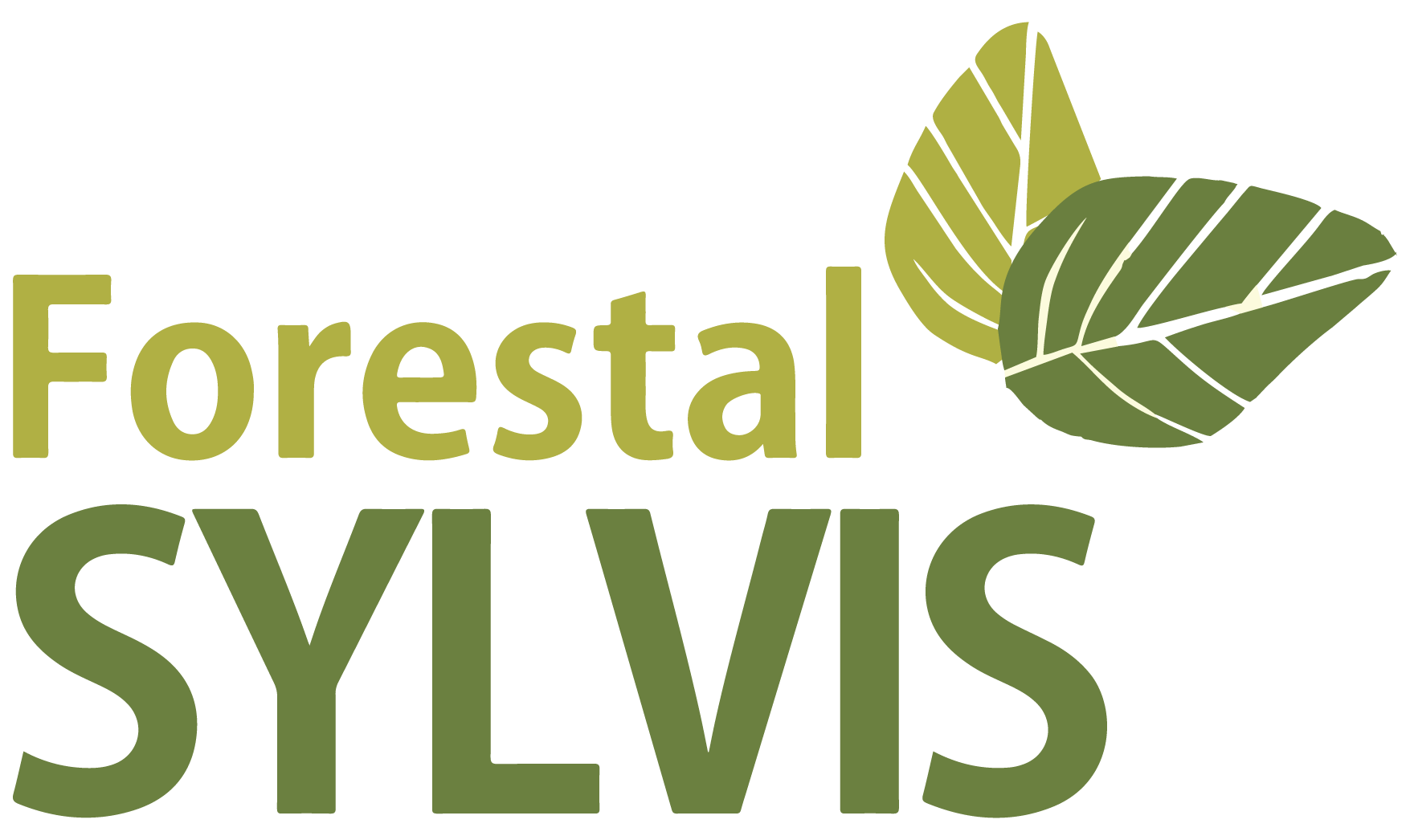

Forestal Sylvis S.A.

Central Department, Paraguay
September 2021
Other personal services
Service with Significant Environmental Footprint
Paraguay
Forestal Sylvis se dedica a un objetivo que busca generar riqueza y no solo dinero. Buscamos unir el capital, el trabajo y la naturaleza para optimizar la generación de valor a través de un modelo propio de reforestación boscosa con incentivo comercial, para atraer la inversión privada en favor de la restauración de ambientes y de la reducción de los impactos del cambio climático. Como la restauración de los bosques nativos no es posible por el largo tiempo de su desarrollo y por su elevado costo, la segunda mejor opción es plantar árboles de rápido crecimiento en sistema silvopastoril, mezclando árboles con pasto y ganado, para generar dinero en el corto y mediano plazo, mediante la venta de carne y madera. Este modelo de trabajo permite que la fauna y la flora tengan refugio y comida, ampliando los espacios de vida para ellas. Durante el crecimiento de los árboles se captura carbono, teniendo los sistemas silvopastoriles el potencial para reducir las emisiones de CO2eq / kg de proteína de la ganadería bovina en hasta un 45%; por otro lado, se produce leña a través de los raleos. Además, se tiene el cuidado de proteger el agua, el suelo, el clima y la biodiversidad. Atendiendo el desarrollo de las comunidades aledañas, aplicamos el Semáforo de Eliminación de la Pobreza para ay
Overall B Impact Score
Governance 14.0
Governance evaluates a company's overall mission, engagement around its social/environmental impact, ethics, and transparency. This section also evaluates the ability of a company to protect their mission and formally consider stakeholders in decision making through their corporate structure (e.g. benefit corporation) or corporate governing documents.
What is this? A company with an Impact Business Model is intentionally designed to create a specific positive outcome for one of its stakeholders - such as workers, community, environment, or customers.
Workers 22.8
Workers evaluates a company’s contributions to its employees’ financial security, health & safety, wellness, career development, and engagement & satisfaction. In addition, this section recognizes business models designed to benefit workers, such as companies that are at least 40% owned by non-executive employees and those that have workforce development programs to support individuals with barriers to employment.
Community 27.1
Community evaluates a company’s engagement with and impact on the communities in which it operates, hires from, and sources from. Topics include diversity, equity & inclusion, economic impact, civic engagement, charitable giving, and supply chain management. In addition, this section recognizes business models that are designed to address specific community-oriented problems, such as poverty alleviation through fair trade sourcing or distribution via microenterprises, producer cooperative models, locally focused economic development, and formal charitable giving commitments.
Environment 18.0
Environment evaluates a company’s overall environmental management practices as well as its impact on the air, climate, water, land, and biodiversity. This includes the direct impact of a company’s operations and, when applicable its supply chain and distribution channels. This section also recognizes companies with environmentally innovative production processes and those that sell products or services that have a positive environmental impact. Some examples might include products and services that create renewable energy, reduce consumption or waste, conserve land or wildlife, provide less toxic alternatives to the market, or educate people about environmental problems.
Customers 1.0
Customers evaluates a company’s stewardship of its customers through the quality of its products and services, ethical marketing, data privacy and security, and feedback channels. In addition, this section recognizes products or services that are designed to address a particular social problem for or through its customers, such as health or educational products, arts & media products, serving underserved customers/clients, and services that improve the social impact of other businesses or organizations.